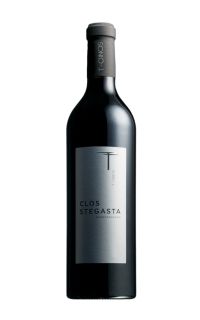All pictures shown are for illustration purpose only. Actual label may vary due to changes between vintages.
Product Notes
T-Oinos Clos Stegasta Mavrotragano is a bold and powerful red wine that is crafted with utmost care and precision by the renowned winery T-Oinos in Santorini, Greece. Made from the indigenous Mavrotragano grape variety, this wine boasts an intense ruby-red color and aromas of black cherry, raspberry, and hints of black pepper. On the palate, it is full-bodied and flavorsome with a dense tannic structure, offering notes of dark fruit, chocolate, and spicy undertones. The complexity of this wine is remarkable, and it leaves a long and satisfying finish. Ideal for pairing with grilled meats, hearty stews, and strong cheeses, this wine is a must-try for any wine lover looking for a truly unique taste experience.
Tasting Notes
A seductive wine with a plethora of aromas. Oregano and violets are wrapped around a core of dark cherries, green pepper and espresso roast. The palate sets the ground along with the velvety tannins cutting through a complex and complete finish. A spherical wine seamlessly textured with no hard edges in sight. Delicious early on, better with age.














